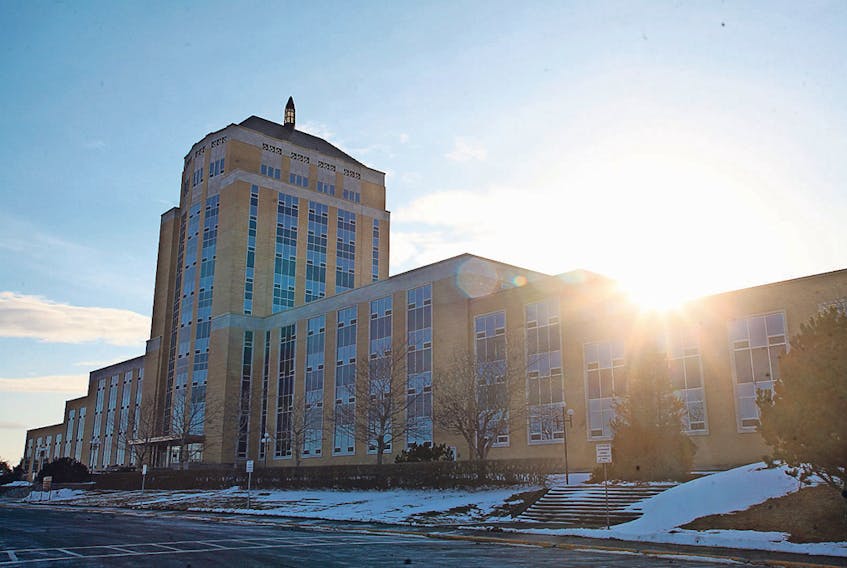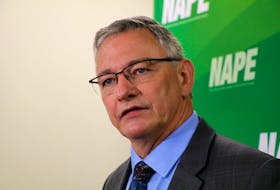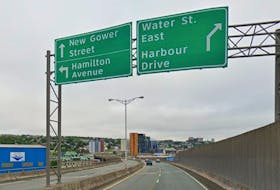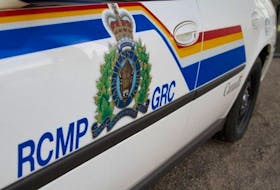Steady as she goes looks like the way to go for the Liberals, and bond-rating agency DBRS appears to agree.
In spring 2016, the agency rated Newfoundland and Labrador’s credit at A-low, with a stable rating. It’s a mediocre rating, but those ratings mean a lot when they dictate the cost of borrowing for the province.
With $1.45 billion in borrowing in the 2018 budget, keeping things stable would mean a lot for the province. The province will spend just over $1 billion on debt servicing in 2018-19, while the net debt continues to rise.
Travis Shaw, vice-president with public finance at DBRS, says while it’s too early to say for sure whether the credit rating of the province will see any shift, a steady budget should mean a steady credit rating.
“This budget doesn’t seem to move the needle. We continue to see some modest progress with reducing the deficit, which is helping to slow debt growth,” Shaw said in a telephone interview from Toronto.
“Nonetheless, the debt burden is still high and rising, and that’s something we continue to focus on.”
Just over $15 billion in debt for a province of about 528,000 people is likely what will hold the credit rating steady. Shaw says with a volatile, resource-based economy, there’s still lots that could throw the province’s finances through a loop and throw off any optimism about the years to come.
“A positive rating action is unlikely in the current environment. Looking at this budget, I think what we were looking for is for government to stay on track with this plan to get back to balance in 2022-23. That does seem to be the case,” he said.
“That’s not to say there aren’t still some considerable risks that lie ahead. Looking at the expenditure track alone, they’re looking for modest decline in spending over the medium term, which is something we don’t see when we look at any other province. That’s still an ambitious assumption.”
At this point, DBRS says plans to reduce expenses could be on track. While the agency was nervous about public-sector negotiations with NAPE and CUPE (which still remains deadlocked), the results so far are encouraging.
“We cited one of the risks being renegotiations of the labour agreements. We have seen progress on that front — they’ve achieved a four-year wage freeze, so that at least gives some certainty for the spending outlook for the near term,” Shaw said.
Overall, while there’s nothing to get credit rating agencies excited, there’s nothing that causes them panic from this budget — at least according to the initial analysis from DBRS.
“I think the general sense, this doesn’t move the needle much. They, for the large part, stayed on track with the plan to get back to balance by 2022-23. It’s another year of progress,” he said.
A full report and decision on the province’s credit rating from DBRS is expected sometime over the summer months.
Until then, Premier Dwight Ball will have to hope his oft-quoted “steady hand on the tiller” is enough to prevent debt-servicing expenses from rising even higher.
Twitter: DavidMaherNL









